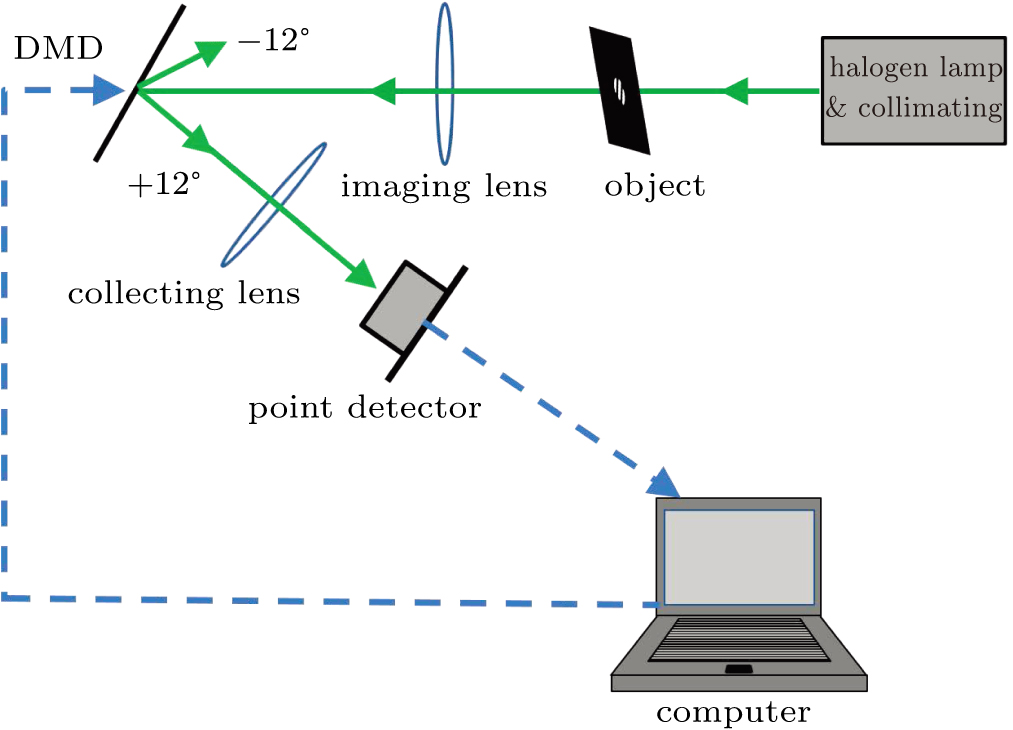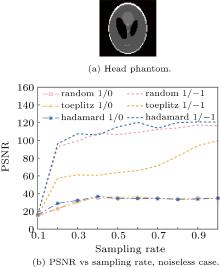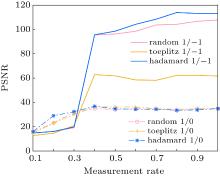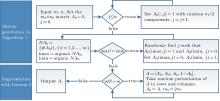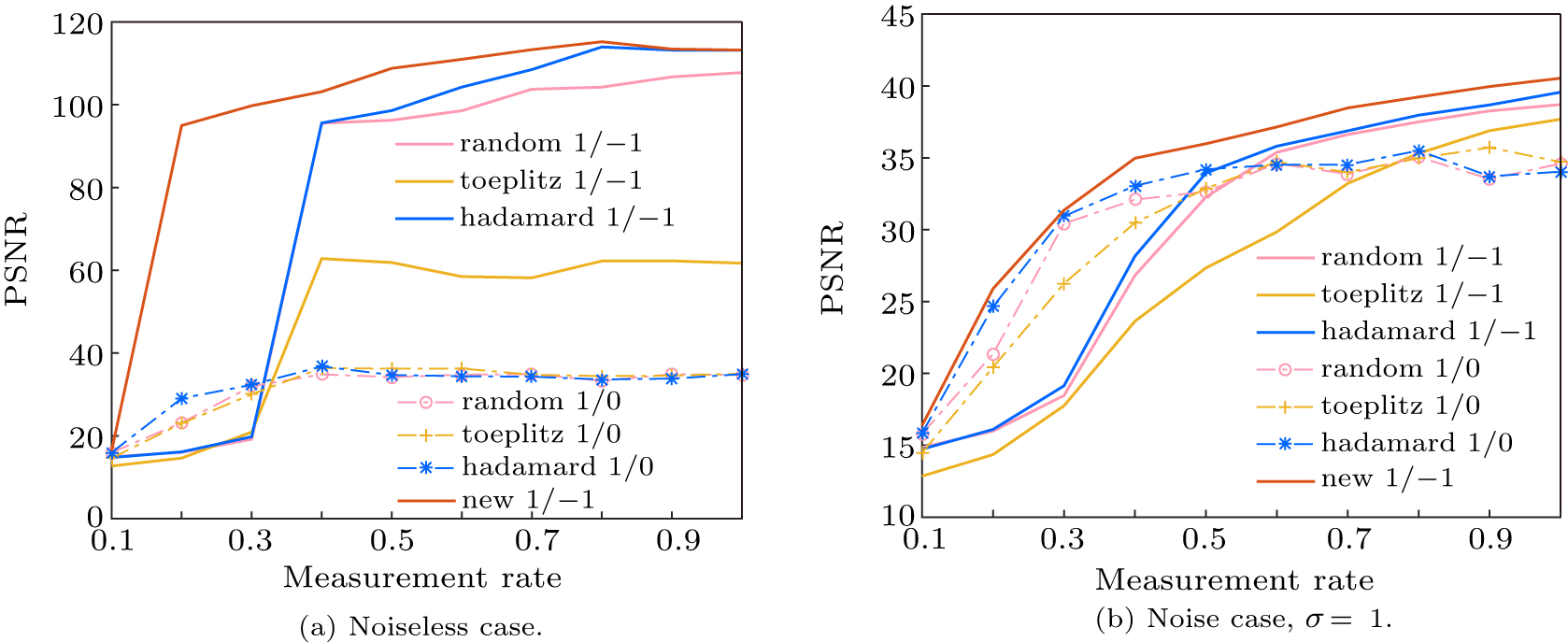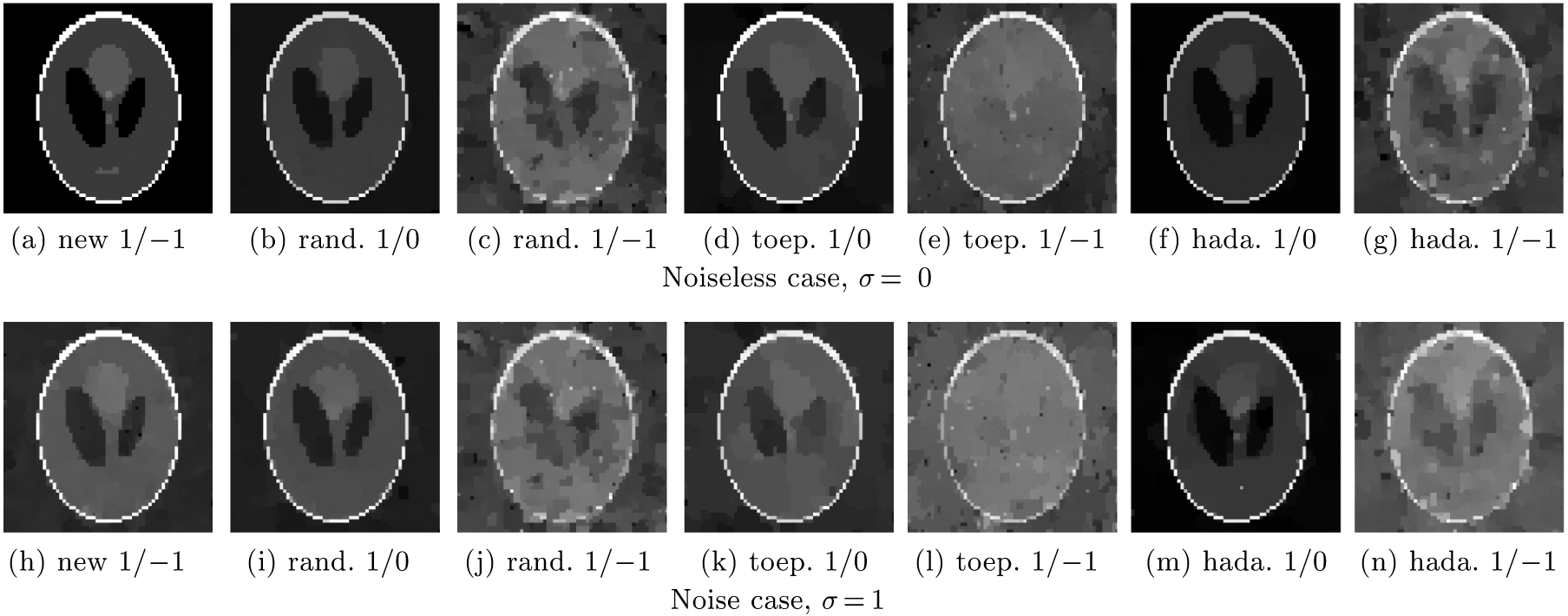| [1] |
|
| [2] |
|
| [3] |
Candès E J 2006 Proceedings of the International Congress of Mathematicians Madrid Spain 3 1433 DOI: 10.4171/022-3/69 |
| [4] |
|
| [5] |
|
| [6] |
Takhar D, Laska J, Wakin M B, Duarte M F, Baron D, Sarvotham S, Kelly K, Baraniuk R G 2006 IS&T/SPIE Computational Imaging IV 6065 606509 DOI: 10.1117/12.659602 |
| [7] |
Duarte M F, Davenport M A, Takbar D, Laska J N, Sun T, Kelly K F, Baraniuk R G 2008 IEEE Signal Process. Magaz. 25 83 DOI: 10.1109/MSP.2007.914730 |
| [8] |
Chan W L, Charan K, Takhar D, Kelly K F, Baraniuk R G, Mittleman D M 2008 Appl. Phys. Lett. 93 121105 DOI: 10.1063/1.2989126 |
| [9] |
Radwell N, Mitchell K J, Gibson G M, Edgar M P, Bowman R, Padgett M J 2014 Optica 1 285 DOI: 10.1364/OPTICA.1.000285 |
| [10] |
Edgar M P, Gibson G M, Bowman R W, Sun B, Radwell N, Mitchell K J, Welsh S S, Padgett M J 2015 Sci. Rep. 5 srep10669 DOI: 10.1038/srep10669 |
| [11] |
|
| [12] |
Sun M, Edgar M, Gibson G, Sun B, Radwell N, Lamb R N, Padgett M J 2016 Nat. Commun. 7 12010 DOI: 10.1038/ncomms12010 |
| [13] |
Li F, Chen H, Pediredla A, Yeh C, He K, Veeraraghavan A, Cossairt O 2017 Opt. Express 25 31096 DOI: 10.1364/OE.25.031096 |
| [14] |
Studer V, Bobin J, Chahid M, Mousavi H S, Candès J, Dahan M 2012 Proc. Natl. Acad. Sci. USA 109 E1679 DOI: 10.1073/pnas.1119511109 |
| [15] |
|
| [16] |
Arce G R, Brady D J, Carin L, Arguello H, Kittle D S 2014 IEEE Signal Process. Magaz. 31 105 DOI: 10.1109/MSP.2013.2278763 |
| [17] |
|
| [18] |
|
| [19] |
|
| [20] |
|
| [21] |
|
| [22] |
Yu W, Liu X, Yao X, Wang C, Zhai Y, Zhai G 2014 Sci. Rep. 4 5834 DOI: 10.1038/srep05834 |
| [23] |
|
| [24] |
Sun B, Welsh S S, Edgar M P, Shapiro J H, Padgett M J 2012 Opt. Express 20 16892 DOI: 10.1364/OE.20.016892 |
| [25] |
Soldevila F, Clemente P, Tajahuerce E, Uribe-Patarroyo N, Andrès P, Lancis J 2016 Sci. Rep. 6 29181 DOI: 10.1038/srep29181 |
| [26] |
|
| [27] |
Zhang G, Jiao S, Xu X, Wang L 2010 IEEE International Conference on Information and Automation (ICIA) 455 DOI: 10.1109/ICINFA.2010.5512379 |
| [28] |
Do T T, Tran T D, Gan L 2008 IEEE International Conference on Acoustics, Speech and Signal Processing 3369 DOI: 10.1109/ICIP.2010.5652780 |
| [29] |
Monajemi H, Jafarpour S, Gavish M, Collaboration S C, Donoho D L 2013 Proc. Natl. Acad. Sci. USA 110 1181 DOI: 10.1073/pnas.1219540110 |
| [30] |
|
| [31] |
Bajwa W U, Haupt J D, Raz G M, Wright S J, Nowak R D 2007 IEEE/SP 14th Workshop on Statistical Signal Processing 294 DOI: 10.1109/SSP.2007.4301266 |
| [32] |
|
| [33] |
Sebert F, Zou Y, Ying L 2008 IEEE ITAB International Conference on Information Technology and Applications in Biomedicine 47 DOI: 10.1109/ITAB.2008.4570587 |
| [34] |
|
 ), Xin Liu(刘歆)3,4, Bing Liu(刘冰)2, Guang-Jie Zhai(翟光杰)2,4
), Xin Liu(刘歆)3,4, Bing Liu(刘冰)2, Guang-Jie Zhai(翟光杰)2,4

